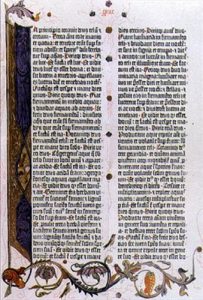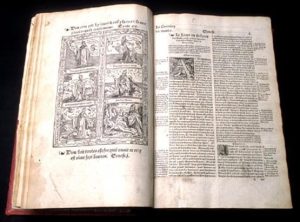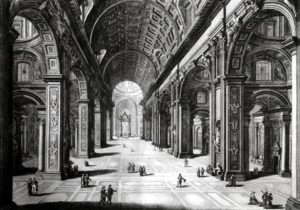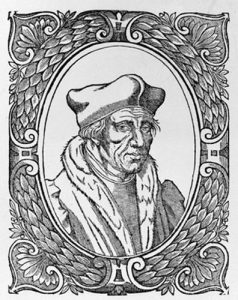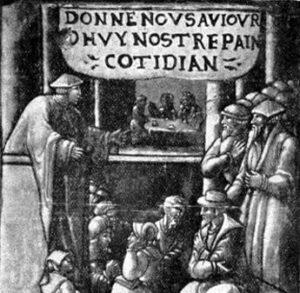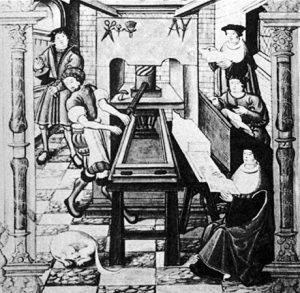An idea rooted in history
The Chinese invented paper as early as 105 A.D.. They also invented xylography, a form of printing using a wooden block on which there were engravings coated with ink.
In XIth century China, a new type of typography appeared, using mobile letters made of solid clay.
Typography developed rapidly in Korea in the XIIIth century. At the beginning of the XVth century, Laurent Coster in Holland made mobile letters out of wood.
Gutenberg greatly improved the technology of printing
The achievement of the German printer Johan Gutenberg (around 1400-1468) was to bring together in an easily usable form the elements of printing techniques :
- mobile characters which were strong (an alloy of antimony and lead) and could also be manufactured easily, by casting in moulds,
- typesetting of the text,
- the use of the hand press.
His associate, Schoeffer, had the idea of replacing the sand moulds by copper ones.
Gutenberg printed the first copy of the Bible, the « 42 lines » version, in Latin, in Mainz, around 1455.
A cultural revolution
The invention of printing was quickly taken up, first in Germany then all over Europe ; by the end of the XVth century, about 25 000 books had been published, which (assuming 500 copies were made of each one), corresponded to twelve million books.
Printed books were much less expensive than manuscripts. Prices went down. At the beginning of printing, less than 10% of the population could read. With the mass diffusion of books, literacy increased rapidly.
Printing helped to establish literary texts and encouraged the spread of ideas, especially those of the humanists, and later, those of the Reform movement. The Bible could now be read and understood because it had been fully translated into German, French and English.

